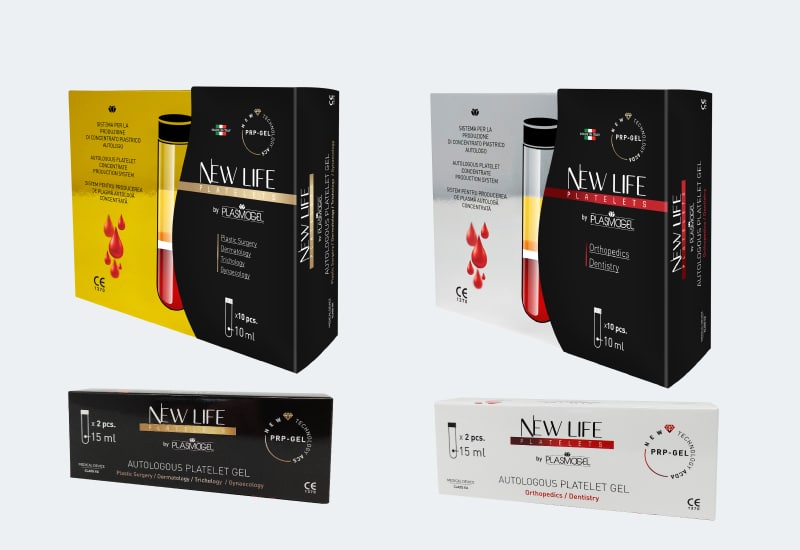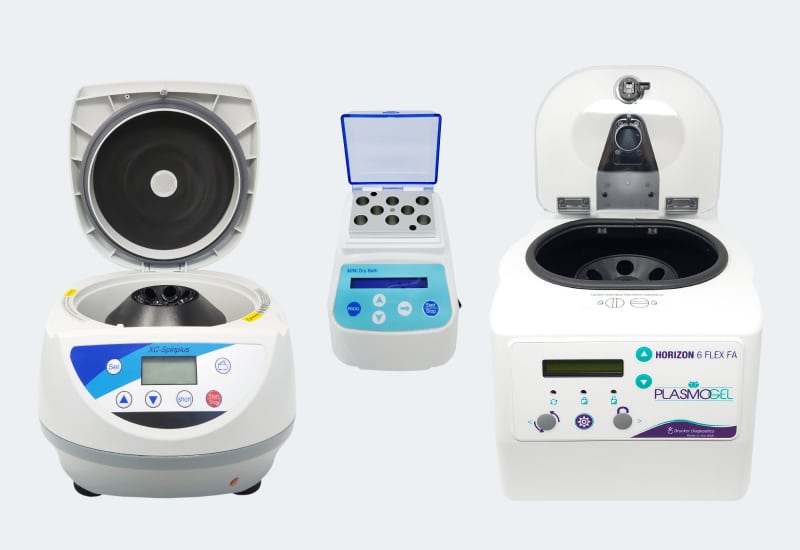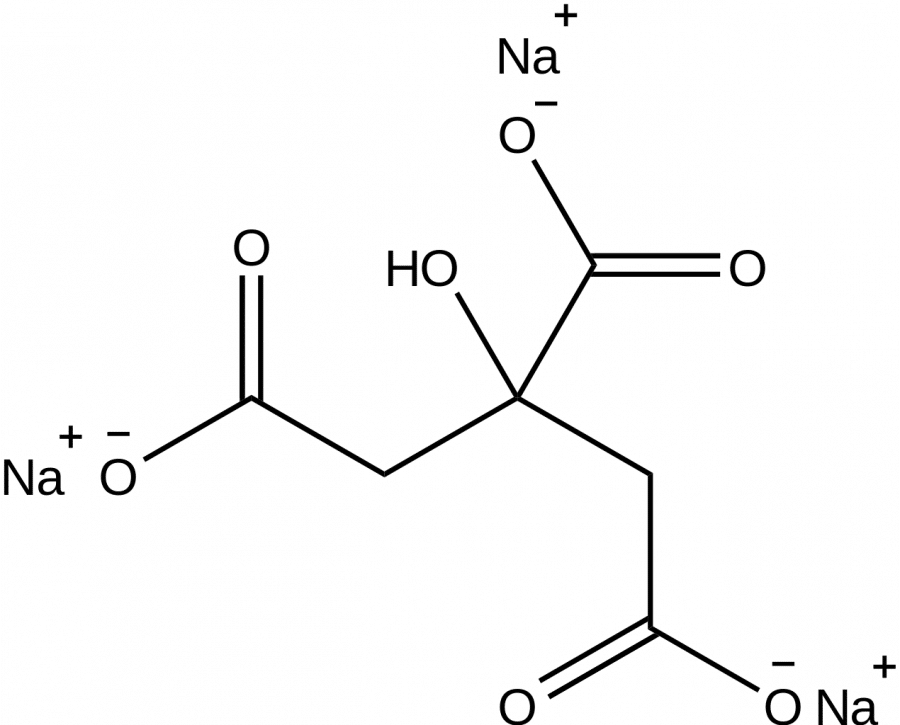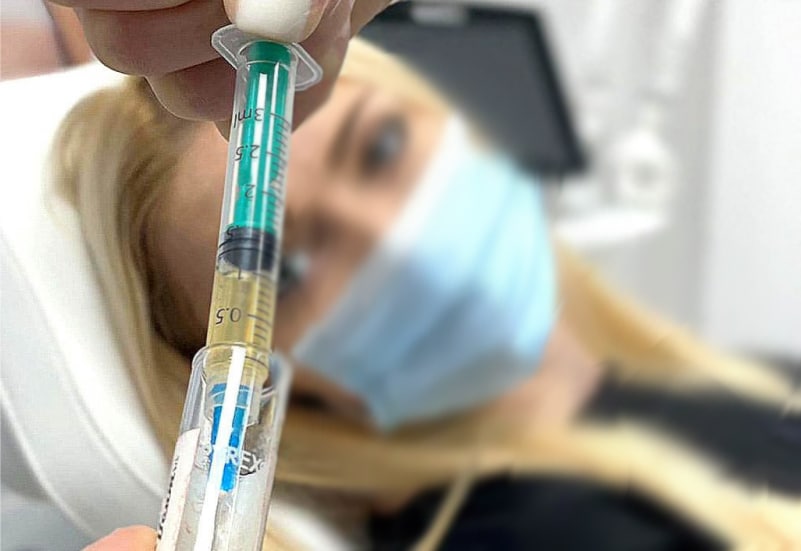
PRP tubes, collection kits, tube holders, syringes and needles suitable for the Plasmogel PRP procedure (autologous concentrated platelet-rich plasma therapy).

Digital PRP centrifuges and mini incubators required for the production of plasma gel.

Anticoagulant that prevents blood clotting and inhibits platelet aggregation

Thixotropic gel, which separates platelets from erythrocytes and leukocytes

Hermetically sealed, ensures sterility, content stability and vacuum preservation

The use of Platelet Rich Plasma (PRP) concentrates is a new approach in regenerative medicine. But what is meant by platelet concentrate, how does it work and, ultimately, how is it obtained? To answer these questions, we need to know the fundamental component from which PRP is derived: blood.
Blood consists of a corpuscular part with special cells: red blood cells, white blood cells, platelets and a liquid part called plasma.
The latter is a slightly viscous, straw-yellow liquid made up of an aqueous solution of electrolytes, vitamins and proteins. Of the blood components, platelets are of interest in this case. Indeed, the thrombocyte has unique 'biological' features, illustrated below.
Through a process called degranulation, platelets release granules containing special proteins called 'growth factors'. These proteins, through a series of complex biochemical processes, activate tissue repair functions.
De asemenea, există alte câteva zeci de proteine eliberate prin degranularea plachetară, ignorând, până în prezent, comportamentul lor biochimic în repararea țesuturilor.
Therefore, platelet concentrate (PRP) is a blood derivative, obtained from whole blood by removing red blood cells and concentrating the platelet fraction to 3-5 times the normal value. The efficacy of platelet concentrate treatments depends mainly on the platelet concentration and consequently on growth factors. These special proteins act as 'transmitters' (chemotactic) in various biological processes; they are co-responsible for tissue proliferation, differentiation and morphogenesis, functioning as part of mechanisms in the autocrine, paracrine and endocrine systems.


The Plasmogel system and its variants have made it possible
to obtain both liquid platelet concentrates as well as their coagulated form
(clots / membranes), with a high concentration of platelets and a high or low
concentration of white blood cells, for immediate use in multiple fields of regenerative medicine.
The platelet concentrate production system is basically based on separating the different fractions that make up the blood by centrifugation, obtaining the platelet-rich fraction.
Whole blood is collected using a Vacutainer® type system and collected in a glass tube containing a citrate anticoagulant (ACD-A: Anticoagulant Citrate Dextrose Solution, Solution A, USP) and a special biologically inert, thixotropic separating polymer with a well-defined density. During centrifugation in the test tube, various density gradients are formed. Due to its physicochemical characteristics, the separation polymer will position itself at the interface between red blood cells and platelets thus allowing, at the end of the centrifugation process, an easy harvesting of the platelet-rich phase.
The box contains tubes and accessories (collection set, tourniquet, transfer container, needles, etc.) to be used for the preparation of platelet concentrate.




PRP is also used to correct imperfections in the face, neck and décolletage area by increasing collagen production; it is used alone or in combination with mesenchymal stem cells harvested from abdominal fat, to which it gives additional growth and grafting capacity. More recently, PRP is being used for breast and buttock augmentation.
In this sector of medicine, PRP is widely used and has a high possibility of success through local infiltration. It is used for:
Indications for use in sports medicine: concussions, sprains, strains, tendon pathology (tendinopathies), ligament tears, muscle tissue injuries, fractures.
In this area, PRP is a safe and effective treatment for hair loss (alopecia) in both men and women.
PRP is used in the treatment of diabetic, vascular, venous and lymphatic ulcers, scars and in all surgical procedures where accelerated tissue repair is desired.
PRP is used in implantology, post-resection of maxillary cysts and in apicoectomy (treatment of dental granulomas), periodontal surgery, maxillary sinus lift, in patients with healing deficiency. In this field of application, plasma in gel form is used, supplemented, where necessary, with bone of synthetic origin (tricalcium beta-phosphate, hydroxyapatite, etc.).
PRP is used in macular procedures to induce a regenerative stimulus at the lesion site, including for patients with ulcers caused by traumatic keratitis.
Plasmogel PRP treatment (Vaginal "Vampire Therapy") is recommended if you want:
After obtaining the platelet rich plasma, the doctor prepares a sterile field and performs the infiltration using a sterile syringe equipped with a needle of the right size and thickness for the area to be injected.
În cazul utilizării formei de gel, medicul va poziționa cheagul / membrana plachetară în locul ales fiind accesibilă suturarea cheagului.
PRP is an autologous blood product. The risk of allergic reactions is therefore nonexistent.